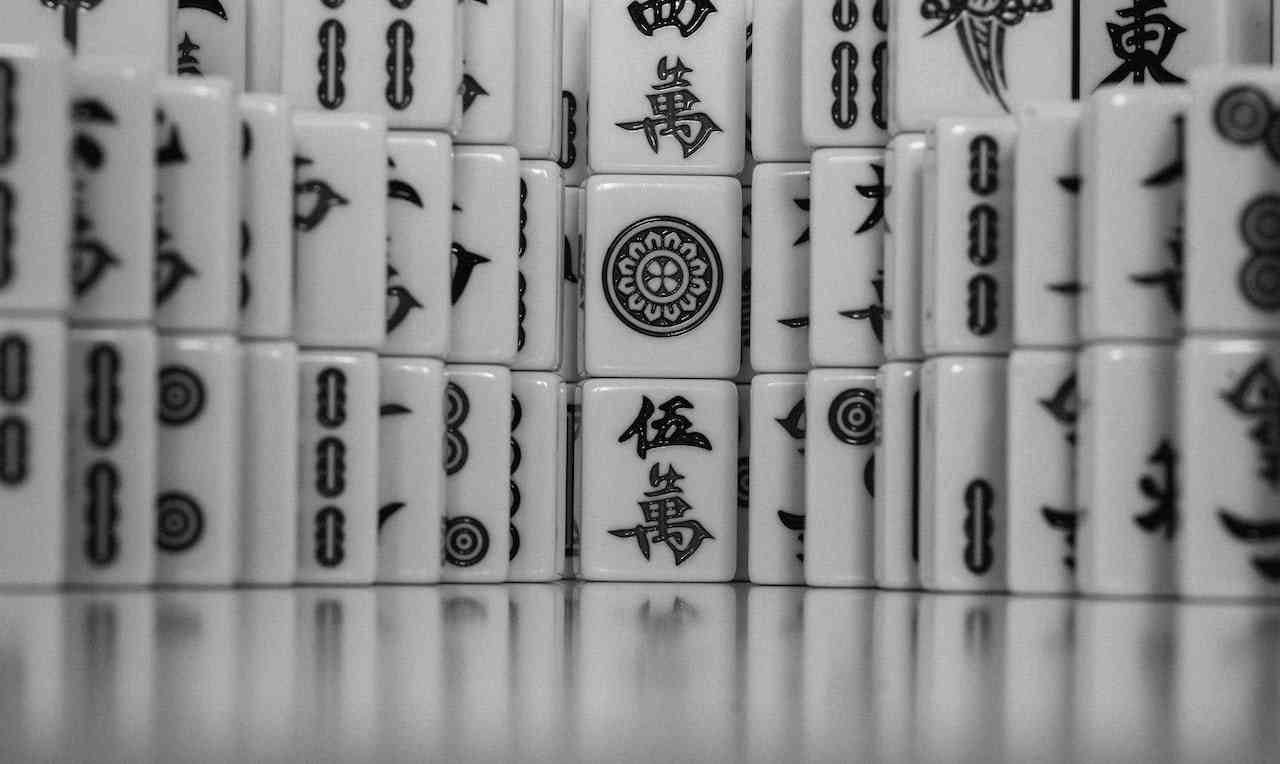Betting bots are automated software programs that place bets on users' behalf, primarily in sports betting and other events, but also in casino games. They crunch numbers, predict outcomes, and place bets without you needing to lift a finger.
In this article, we'll unravel how these bots work, question their legality, and discuss the advantages and potential pitfalls of letting them work for you. We'll also look ahead to see how these automated allies might change the gambling scene.
How Betting Bots Make Your Bets
Betting bots streamline your gambling by automatically placing bets based on algorithms. You set them up with your strategy, and off they go, using APIs to connect directly to sports betting sites and casino platforms.
You'll find different types of betting and casino bots out there, from those you can use for free to premium versions that come with a price tag. These bots sift through data, make quick decisions, and place bets for you.
For example, scrape bots in sports betting comb through various sportsbooks to gather odds and betting insights. You may also encounter poker bots in online card rooms, as well as other casino bots across various games, particularly multiplayer ones.
Imagine leaving for work, and your bot checks the odds and calculates the best moves for your maximum profit. This brings about the question, if these bots makes betting and winning so easy, are they legal within the online casino and sportsbook framework?
Are Betting Bots Legal?
The legality of betting bots walks a fine line. While not outright illegal, the best online casinos and sportsbooks explicitly ban them in their terms. The gambling community largely views them as unfair, given their potential to skew winnings. In fact, the use of betting bots in recent years has given rise to dedicated teams and practices to pick up on the use and for the most part, misuse, of bots.
To detect betting bots, gambling operators look for unusual activity and patterns in how games are played, as well as connections between accounts and the technology behind them. They strengthen defenses with AML and KYC procedures, including biometric verifications, to ensure that only legitimate players have access.
While the majority of online gambling sites stipulate their rules regarding the use of bots, some sites omit this. It is also important to note that the legality of betting bot usage will also differ from one jurisdiction to the next, so it is important to be aware of what the law in your region stipulates. In terms of legality, lawmakers’ biggest concern is the exploitation of other players and fraud that could be committed thanks to these bots.
When all is said and done if a gambler acts within the law and the rules of the online casino or bookie, there should be no reason not to consider using bots. Next, we highlight some of the benefits and possible drawbacks of using bots to gamble with online.
The Benefits of Automating Your Bets
Bots provide a level of precision, speed, and intelligence that traditional betting methods can't match, from making quick decisions to customizing your betting strategy. Let's break down the tangible benefits these tools bring to the table.
Quick Bet Placement
Imagine making bets across dozens of games in the blink of an eye. Using bots does just that, thanks to advanced algorithms that analyze odds and place bets instantly. That way, you will never miss out on favorable odds due to delays, which significantly increases your activity and presence across multiple betting platforms without additional effort on your part.
While human bettors may be swayed by emotions or popular opinion, betting bots are unbiased when it comes to data analysis. They sift through vast amounts of information, identifying patterns and making bets based on statistical evidence alone. This method eliminates the common pitfalls of emotional betting, paving the way for more rational and potentially profitable decisions.
Customized Betting Experience
Betting bots excel in adaptability, allowing you to tweak betting strategies to your needs. Whether setting limits on stakes, selecting bet types, or defining specific conditions for each wager, these bots act on your predefined rules. This means your betting strategy becomes a finely tuned engine, operating with precision to exploit the best opportunities as defined by your personal betting philosophy and risk assessment.
The Flip Side of Gambling Bots
While betting bots offer significant advantages, they come with a set of drawbacks. One major limitation is their dependency on preset parameters, which might not adapt quickly to sudden market changes or last-minute game developments.
There's also the risk of security breaches. If a bot gets hacked, your betting account and funds can be compromised. Also, let's not forget the issue of betting bot software abusing welcome bonuses and promotions, unfairly taking advantage of offers intended for real players.
Additionally, relying on bots can strip away the fun that comes with making personal betting decisions and watching those choices play out in real time. This automated approach might not appeal to all gamblers, especially those who value the excitement of the game as much as the potential winnings.
Last but not least, given the contentious nature of betting bots and the legality of using them in some jurisdictions, you may find yourself in hot water for using them. Even though it may not be explicitly illegal in most jurisdictions, the majority of online casinos and bookies stipulate that the use of these bots can have your account disabled and you banned from using the site in their terms and conditions. So, before making that final call, it would be advisable to read through your online casino or sportsbook’s terms of use and familiarizing yourself with your region's laws regarding the use of betting bots.
Gambling With the Help of Bots or Not?
Betting bots have been stirring up the gambling industry over the past couple of years. For some gamblers, they promise a future in which bets are not only based on luck but also smart algorithms. They're intriguing for those looking to squeeze every ounce of advantage out of data. For regulatory bodies and online gambling platforms, however, they have the potential to pose a multitude of complications. Not only can betting bots increase room for fraudulent behavior, but also result in loss of income for both players and operators.
We can't help but wonder if the majority of gamblers would want to trade hands-on wagering for automated precision and whether or not the use of betting bots will become a less contentious matter in the near future. In an industry that is constantly changing and adapting, we may see that operators and regulatory bodies adopt smart ways to regulate the use of betting bots, opening up the possibility of using them regardless. For now, however, first, check where your jurisdiction stands when it comes to betting bots. Next, read through the online casino or sportsbook’s terms of use, then decide whether or not relying on automated betting would take away or add to the overall gambling experience.
















